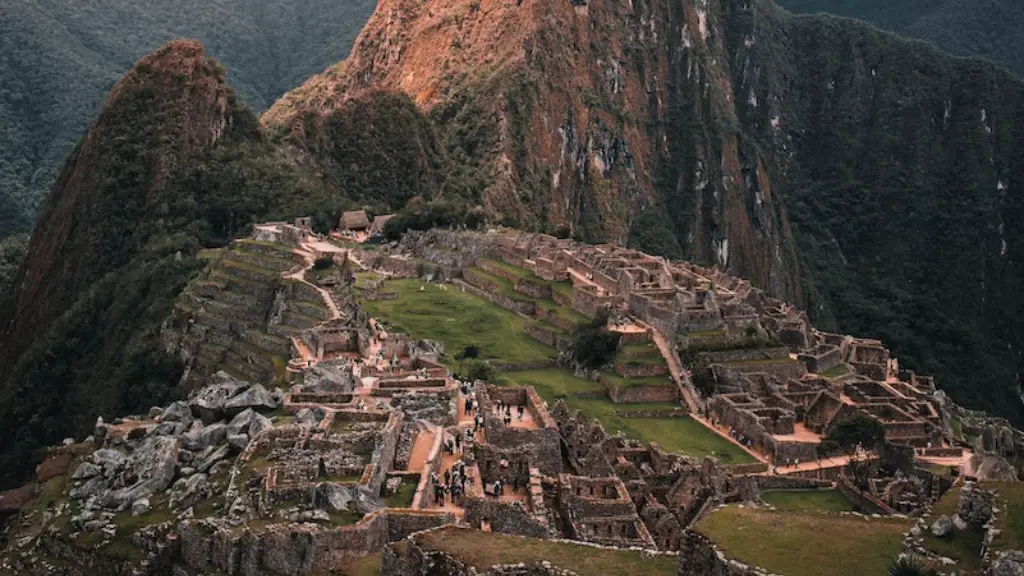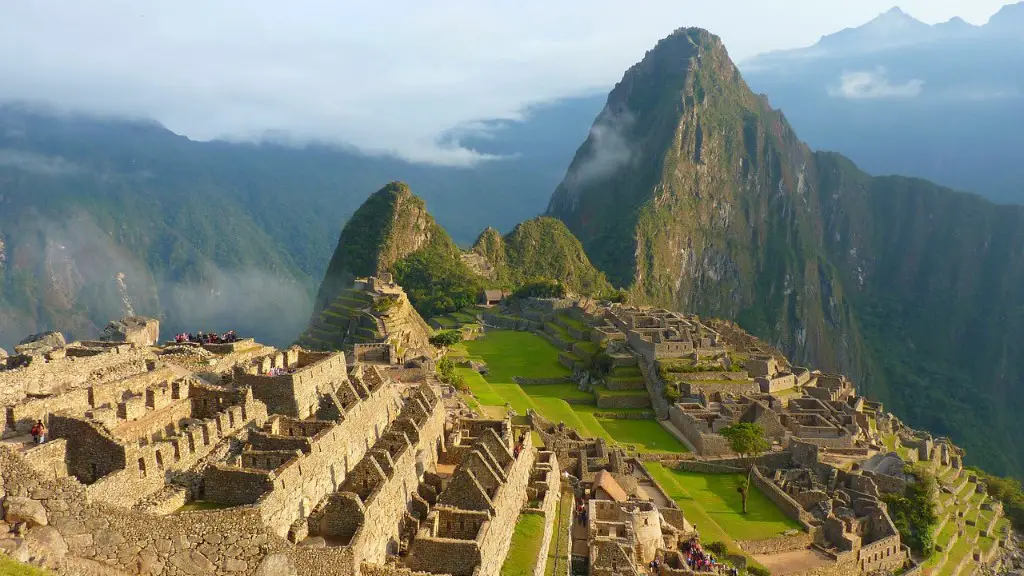The Louvre Museum is one of the world’s most renowned art establishments and a gem of France. Situated on the right bank of the River Seine, the museum was originally built as a defensive fortress in 1190 by Philip II of France. Later in the 16th century, it was renovated into the royal palace that we now recognize its as today.
The permanent collections displayed at the Louvre Museum cover an extensive range of artworks and artifacts from prehistoric times up to the 19th century. This includes world-famous paintings, sculptures, drawings, archaeological pieces and objects, decorative arts, and Egyptian antiquities. There are more than 460,000 objects ranging from Egyptian masterpieces such as the winged Victory of Samothrace to the famous Mona Lisa by Leonardo da Vinci.
With their mission to promote appreciation of diverse art forms, the Louvre Museum continually explores how art can be a catalyst for dialogue and understanding. With its expansive range of exhibitions and activities, the museum works diligently to engage audiences in critical and creative dialogue around both art and the world we inhabit. This includes a range of cultural initiatives, as well as multimedia and educational initiatives that explore and celebrate the art of the past and present.
The Louvre Museum also contains an impressive selection of collections, with pieces from Egyptian Antiquity, Greek, Roman and Etruscan Antiquity; Islamic Art; European painting, sculpture and decorative arts from the Middle Ages to 1848, and the art and sculptures of 19th century. These collections, alongside more than one thousand works of art from outside Europe and the Middle East, take visitors through the ages and around the world.
At its core, the Louvre Museum works to combat the perception of art as a luxury commodity. It engages with the public in a way that integrates art into the daily life, encouraging visitors to interact with the pieces in meaningful and creative ways. Meanwhile, the permanent collections and offers comprehensive educational resources for students and teachers alike.
The unique combination of resources, exhibitions, and collections make the Louvre Museum one of the world’s premier destinations for lovers of art and culture. The museum offers visitors an opportunity to submerge themselves in a world of beauty, knowledge and discovery.
Famous Pieces at the Louvre Museum
The Louvre Museum’s permanent collections are home to some of the world’s most iconic works of art, including daVinci’s Mona Lisa, Raphael’s Virgin and Child with St. John, Vermeer’s The Lacemaker, Gaugain’s spirit of the dead watching, and La Jaconde.
These masterpieces and more are housed, along with pieces from other artists of all times, at the Louvre Museum. The exquisite beauty of these works were created by some of the world’s most renowned painters, sculptors, and craftspeople.
The Louvre Museum’s finest pieces of art remain the highlight of the museum and some of France’s most iconic works. These are the pieces that call visitors to marvel at their beauty and contemplate the complexity of their meaning.
The museum also seeks to draw attention to lesser-known works that provide help visitors gain a more profound understanding of the evolution of visual arts. This is evident through the museum’s permanent collections, which offer a diverse and wide array of exhibitions that reveal the fascinating breadth of artistic history.
Benefits of Visiting the Louvre Museum
The Louvre Museum is a place to marvel in beauty and depth, freely moving from one fascinating piece to another. Its breathtaking collection and expansive galleries contribute to a visitor’s unforgettable experience.
The Louvre Museum also offers visitors an opportunity to live a unique cultural adventure. It is a chance to explore and learn in surroundings that honor the richness and complexity of humanity and its dynamic artistic achievements.
Visitors will also have the chance to be inspired by some of the greatest works of art and gain access to the masters of creativity. This includes exclusive access to the production process behind the works, the exchange between artists, cultures, and beliefs, and the enduring power of storytelling that continues to live on.
Further to this, the Louvre Museum is continually striving to create engaging, discoverable, and meaningful spaces for sharing art. This includes the expansion of museum space into public areas, as well as the development of an array of activities such as workshops, seminars, and expert talks for adults, teens and even kids.
This engages visitors in diversified conversations around art and all its forms, as well as establishing a platform for discovering the relevant connections between historical moments and modern-day.
Education Resources
The Louvre Museum also offers a range of education resources, including workshops and seminars, online educational activities, and virtual tours. By doing so, it is continuously striving to expand the educational aspect of a visit to the museum and promote an understanding of the collections.
For instance, the museum offers an exclusive educational program for secondary school students, which includes activities and workshops that allow participants to become a part of the museum’s history and discover the permanent collections.
The museum also provides online education resources that assist teachers in delivering a rich and engaging experience. These include creative writing and drawing activities as well as virtual tours for students of all ages, helping them to connect with the artistic and cultural values of the Louvre.
Further to this, the Louvre Museum has also developed an app that provides access to more than 350,000 images, commentaries and videos, as well as an interactive map and virtual museum visits. This helps students to experience the museum and its diverse collections from the comfort of their home.
Management and Preservation of the Louvre Museum
The Louvre Museum is managed by the National Monuments Centre (CMN) which has been responsible for the preservation, research and enhancement of the collections since 1985. CMN is dedicated to preserving France’s cultural heritage through the conservation, restoration, and recreation of the works of art.
It strives to maintain a high standard of preservation, both technically and scientifically, in order to preserve the original appearance of the collection. It also provides opportunities for the public to become involved in the protection of the cultural heritage through engagement in activities such as lectures, workshops, and guided tours.
The Louvre Museum also uses methods of conservation, restoration, and preventive conservation in order to protect the collections from deterioration. This includes carrying out regular maintenance, such as cleaning and dusting, as well as resealing works to protect them from external elements.
In collaboration with other major art institutions, the Louvre Museum has developed an international charter of preventive conservation. This charter lays out the principles of preventive conservation and includes specific protocols for the maintenance of artworks.
Initiatives To Engage the Public
The Louvre Museum is dedicated to widening access to art and culture so that more and more people are able to experience and benefit from them. This is demonstrated through a range of activities and initiatives, designed to engage the public with their creativity and knowledge of the works.
The museum organizes interactive events and workshops for the public, such as art talks and guided tours. These activities not only provide an opportunity for visitors to come together, share stories, and engage in dialogue about art, but also to gain a more profound appreciation and understanding of the different works.
The Louvre Museum also offers public programs in a wide range of art forms, including painting, photography, and film. These allow visitors to learn and develop techniques that they can use to explore their individual art. There are also various competition opportunities which give the public a chance to demonstrate their talents and gain recognition.
In addition to this, the Louvre Museum works in collaboration with other major institutions in order to expand its reach and accessibility. Of particular importance is their partnership with the Musée d’Orsay and the Palace of Versailles, which extends the Louvre Museum’s access to French culture and history beyond the borders of Paris.
The Louvre Museum and Social Media
The Louvre Museum continues to expand its reach and gain a larger audience through the use of social media and digital activities. The museum has launched its own social media accounts, which offer visitors countless ways to engage with the museum, from virtual tours to interactive content.
The Louvre Museum also provides digital content on its website, with photos and videos of the works, comments from experts, and virtual tours that let viewers explore the expansive galleries. Additionally, the museum regularly posts content on its blogs and YouTube channel that enable viewers to gain more knowledge and better understand the cultural heritage of the museum.
The Louvre Museum’s active presence on social media gives the public greater access to their collections, as well as helping to create a larger and more diverse group of people who are passionate about art and culture. This not only serves to strengthen the connection between the public and art, but also to expand and promote the understanding of the global cultural heritage.


